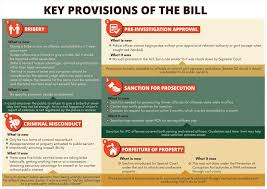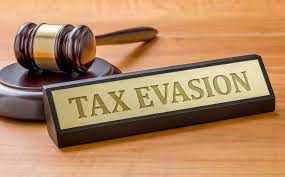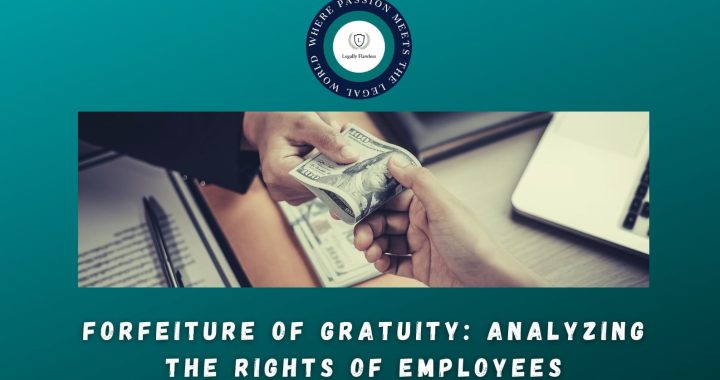Changes in the law relating to levy of penalty in the Finance Bill, 2016

No penalty under section 271(1) (c) in case of concealment of income due to “bonafide mistake” by an assessee
The Finance Bill, 2016 aims to make drastic changes to the law relating to levy of penalty for concealment of income and furnishing of incorrect details by an assessee.
Sections 270A and 270AA of the new Bill which are intended to substitute section 271(1) (c) seeks to levy penalty on account of “misreporting or under reporting of income”.
The existing law relating to levy of penalty:
The levy of penalty for concealment or furnishing of incorrect details of income under the current provisions of Section 271(1) (c) of Income Tax Act, 1961 has always been an issue of litigation between the revenue and the assessees.
The discretion in connection with fixation of the amount of penalty has often resulted in chaos and even corruption.
The scope of Section 271(1) (c) of Act was always an issue of litigation as the tax authorities always levied the penalty whenever an addition or disallowance was made by the assessing officer. This was either due to the pressure of higher authorities even if no prima facie case was made out against the assessee.
To reduce the litigation and to iron out the discretion of tax authority, the Finance Bill, 2016 proposes the introduction of new provisions as new Sections 270A and 270AA in the Act to replace the existing section 271(1)(c).
Features of the new Bill regarding Levy of Penalty:
The salient features of the new Bill are stated below –
The new provisions of sections 270A and 270AA would apply to cases relating to Assessment Years 2017-18 onwards and present provisions of section 271(1)(c) will continue to apply to all cases up to Assessment Years 2016-17 which is evident from the proposed insertion of a new sub-section 7 in section 271.
Moreover, the proposed provisions will not apply to cases where assessment is made in connection with a search conducted under section 132 as per clause (e) of sub section (6) of Section 270A. As a result, penalty would be levied under the existing provisions of Section 271.
An assessment made under section 153C is outside the scope of Section 271AAB and therefore in such cases, the penalty would be levied according to the new scheme.
Under the new scheme, the matters relating to levy of penalty are divided in two groups:
(1) Under-reporting of income –
It has been defined in section 270A (2) read with sub-section 6; and
(2) Misreporting of income –
It is defined in sub sections 8 and 9 of section 270A.
To remove the discretion of the Assessing Officer, it has been proposed to fix the amount of penalty under the new scheme.
In view of the above, penalty for under reported income will be levied at the rate of 50% of the tax payable. On the other hand, on unreported income penalty will be levied at the rate of 200% of the tax payable as against 100% to 300% of concealed income under the current provisions of section 271.
According to the provisions of section 270A, a person shall be considered to have unreported his income if:
(a) The assessed income is more than the income processed under section 143(1) (a);
(b) The income assessed is more than the maximum amount that is not chargeable to tax, in case no return is filed by the assessee;
(c) If the income reassessed is found to be more than the income assessed immediately before such assessment;
(d) If the total income assessed under Sections 115JB or 115JC is more than the deemed total income assessed under section143 (1) (a);
(e) If the deemed total income assessed under sections 115JB or 115JC is more than the maximum amount not chargeable to tax, in case no return is filed by the assessee;
(f) If the income assessed reduces the loss or converts loss into income.
Steps taken to reduce litigation:
To reduce litigation between the department and the taxpayers, the proposed Bill seeks to exclude some amounts from the scope of the term “Unreported income” which are enumerated in sub-section (6) and is stated as follows:
(a)The additions or disallowances for which an assessee offers a bona fide explanation to the satisfaction of the revenue and establishes that he had disclosed all materials to prove his explanation;
(b) The additions or disallowances determined on the basis of estimate, if the accounts maintained by assessee are genuine and complete to the satisfaction of the department but the method does not reveal the income;
(c) The additions or disallowances determined on the basis of estimate where the assessee had on its own, made a lower amount of disallowance on similar issue in calculation of income but had disclosed all material facts for such additions or disallowances;
(d) The addition made according to the arm’s length price as has been determined by TPO if the assessee had maintained details as are required under section 92D and had declared the international transactions and had disclosed all materials relating to the said transactions;
(e) The amount of undisclosed income under section 271AAB of the act.
The provisions of computation of unreported income have been given in sub section (3) in two parts.
The first part refers to the cases where the income is being assessed for the first time either under section 143 or section 147. Where the return is filed, the unreported income will be the difference between the amount of income assessed and that determined under section 143(1) (a).
In case no return is filed by the assessee, it will be the entire income assessed in case of company, firm and local authority, and the difference between the income assessed and the maximum amount which is not chargeable to tax for other entities.
The second part refers to the cases other than that mentioned above. In such cases, the income will be the difference between the amount of income reassessed and that is actually assessed or reassessed or in a preceding order.


 ITAT Amritsar: No Section 269SS Violation for One-Time Cash Payment Before Sub-Registrar
ITAT Amritsar: No Section 269SS Violation for One-Time Cash Payment Before Sub-Registrar  Tax Officials Unleash Digital Dragnet: How New Raid Powers Redefine Privacy, Property Rights in India and likely to Fuel Corruption
Tax Officials Unleash Digital Dragnet: How New Raid Powers Redefine Privacy, Property Rights in India and likely to Fuel Corruption  Income Tax Department Rewards for Reporting Tax Evasion: A Comprehensive Guide
Income Tax Department Rewards for Reporting Tax Evasion: A Comprehensive Guide  Forfeiture of Gratuity by Employer- What are the Remedies for an employee- Can employer be challenged?
Forfeiture of Gratuity by Employer- What are the Remedies for an employee- Can employer be challenged?  Employer can forfeit gratuity of an employee in case of moral turpitude
Employer can forfeit gratuity of an employee in case of moral turpitude  Diving Deeper: The Impact of the New Tax Bill on Dairy and Farming Income
Diving Deeper: The Impact of the New Tax Bill on Dairy and Farming Income